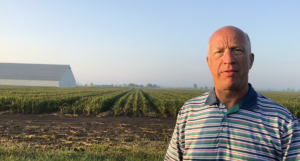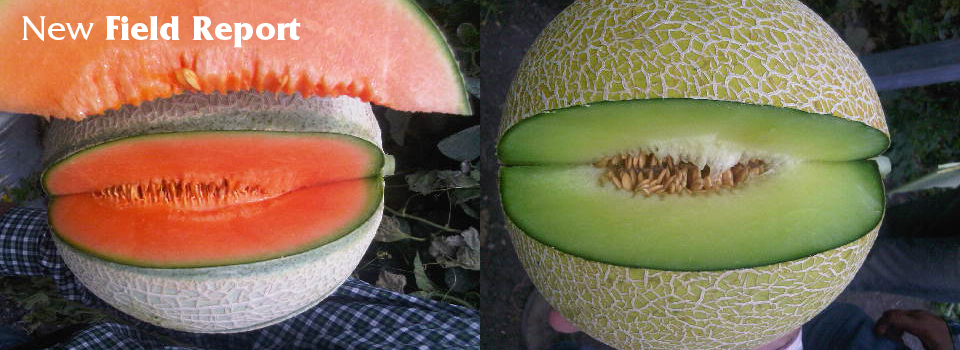This is a technique using an OMRI-listed organic product PROUD 3® as an additive for fruit and vegetable washes, which was pioneered by HUMA GRO®’s distributor in Guatemala.
The melons are cleaned initially with a mix of water and chlorine to remove any dirt from the field, then they pass through the PROUD 3® disinfectant to prevent the post-harvest diseases.
To disinfect Honeydew and Cantaloupe melons, the dosage is to add 5 milliliters of PROUD 3® for each liter of water used. Submerge the melons for a minimum of 15 seconds in the bath or spray the mixture on the melons for the same amount of time.
The PROUD 3® works to disinfect the melons and controls the incidence of bacteria and fungi.
In Guatemala some growers were losing from 25% to 70% of their production to mold and mildew diseases in transit to their markets. With the use of PROUD 3®, their transportation losses have been reduced to only 1% to 10%.
PROUD 3® can also be used to disinfect the refrigerator containers used to transport the pallets with the melon boxes. For this, use fumigation pumps or sprayers and mix a dosage of 10 milliliters of PROUD 3® for each 1 liter of water sprayed.
“We have eliminated almost all the diseases that normally develop in the post-harvest period and transport, especially the mildews and molds.”
For more field studies and research reports, please sign up here, check your email for login credentials, and login here.
Related Posts

This Week in Ag #6
Tomorrow is National Ag Day! Just like Huma, Inc., National Ag Day is enjoying its golden anniversary. The day is dedicated to celebrating and raising awareness for how our food, fiber (and energy) is produced. This year’s theme is “Growing a Climate for Tomorrow.” Agriculture is the USA’s largest employer, responsible for 23 million jobs –

This Week in Ag #28
The recent fertilizer market may be best described by two catch phrases: “wait-and-see” and “just in time.” In the fall of 2021, sky-rocketing energy prices pointed toward looming inflation and an inevitable rise in fertilizer prices. Many savvy growers, including those aligned with the regen ag movement, hedged their bets by purchasing crop nutrients that

This Week in Ag #5
It’s Commodity Classic week. This is one of the ag industry’s most important shows, and among my favorite times of the year. I’ll be in Orlando for the show, as will Lyndon Smith, Barrett Smith and Michael Gardner. #Classic23 is expected to draw around 5,000 farmers. But what makes this show exceptional is not the number


